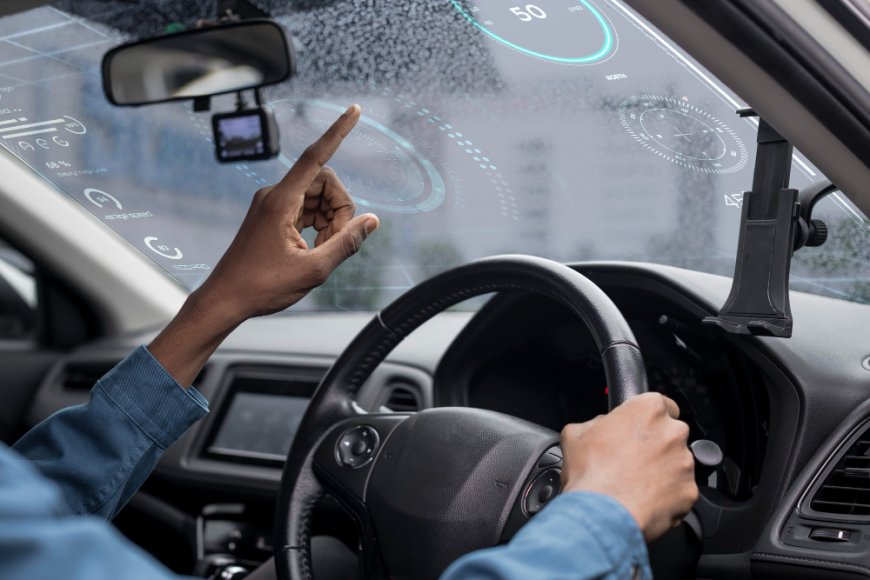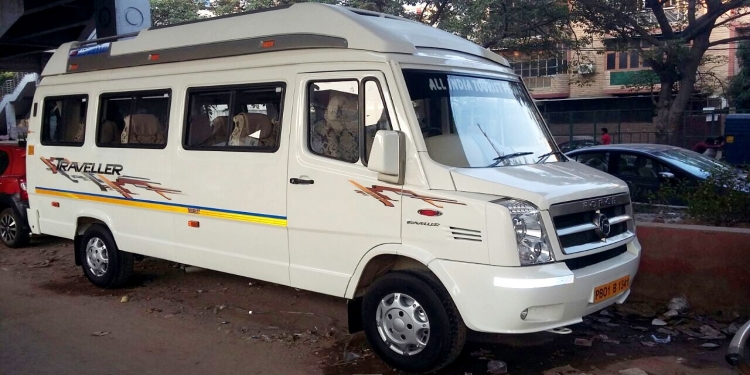The Role of ANPR in Enhancing Urban Security and Surveillance
Discover how ANPR technology enhances security and streamlines vehicle monitoring with automated number plate recognition for safer infrastructure.

In the ever-evolving landscape of urban infrastructure, security and surveillance have taken center stage. As cities continue to expand and populations surge, the challenge of ensuring public safety while maintaining smooth vehicular flow has become more complex than ever. One of the most transformative technologies addressing this challenge is ANPR — Automatic Number Plate Recognition. Seamlessly blending advanced imaging, artificial intelligence, and data analytics, ANPR systems are now integral to urban security strategies across the world.
Understanding ANPR and Its Capabilities
At its core, ANPR is a technology that uses high-resolution cameras and intelligent software to read and interpret vehicle license plates in real-time. The system captures images of passing vehicles, identifies the alphanumeric characters on their plates, and cross-references the information with central databases. This process, which occurs within fractions of a second, enables a wide range of security-related actions — from tracking stolen vehicles to monitoring suspect movements across cities.
Unlike traditional surveillance systems that merely record footage for later review, ANPR adds a dynamic layer of real-time intelligence. It not only detects the presence of vehicles but also identifies them with pinpoint accuracy. This ability to link vehicles to people, locations, and incidents transforms a passive video feed into an actionable intelligence tool for law enforcement and municipal authorities.
ANPR as a Strategic Surveillance Tool in Urban Environments
Urban security depends heavily on situational awareness. Whether it's a city center bustling with daily commuters or a sensitive border area requiring tight control, authorities need to know who is coming, going, and potentially causing disruption. ANPR provides that visibility with high efficiency and minimal manpower.
For example, ANPR-equipped checkpoints at city entry and exit points can automatically log all vehicles that pass through, flagging those that match entries in a watchlist. Law enforcement can receive immediate alerts if a stolen vehicle, a car registered under a criminal suspect, or a vehicle breaching traffic norms is detected. In high-crime areas, this real-time monitoring helps prevent incidents by deterring potential offenders who are aware of active surveillance.
Moreover, in the aftermath of an event — such as a robbery, hit-and-run, or unauthorized gathering — ANPR data becomes invaluable in reconstructing timelines and vehicle routes. Authorities can trace the exact movement of suspect vehicles across various surveillance zones, drastically narrowing down investigations that would otherwise take weeks.
Enhancing Urban Mobility Without Compromising Safety
One of the remarkable features of ANPR is its ability to enhance urban security without creating bottlenecks. Traditional checkpoints with manual verification tend to slow down traffic, causing public dissatisfaction and logistical inefficiencies. In contrast, ANPR systems work in the background, scanning thousands of vehicles per hour without interrupting traffic flow.
This non-intrusive monitoring approach allows cities to maintain both safety and mobility — a crucial balance in today’s fast-paced urban environments. From public transportation hubs and government buildings to business districts and residential zones, ANPR can be tailored to suit the security needs of any location without affecting its operational rhythm.
Integrating ANPR with Other Surveillance Technologies
While ANPR alone is a powerful solution, its effectiveness multiplies when integrated with other technologies such as facial recognition, CCTV systems, access control, and artificial intelligence-based video analytics. This multi-layered surveillance approach enables authorities to correlate vehicle data with people movements, behavioral patterns, and location-specific activities.
Such integration is particularly useful in high-risk zones like airports, railway stations, and government offices, where coordinated attacks or illegal activities are potential threats. When a suspect vehicle is detected via ANPR, parallel systems can trigger facial recognition checks or activate additional cameras to capture surrounding activity — offering a comprehensive view of the situation in real-time.
Building Smart Cities with Secure Foundations
As the world moves towards smart cities driven by digital innovation and automation, ANPR plays a foundational role in building secure urban environments. Its scalability and adaptability make it ideal for inclusion in intelligent transportation systems, city planning initiatives, and law enforcement frameworks.
By analyzing ANPR-generated data over time, city administrators can identify high-risk areas, recurring traffic violations, or suspicious vehicle patterns. This data-driven approach supports strategic planning — such as increasing patrolling in vulnerable zones, adjusting traffic policies, or setting up surveillance in areas with unusual vehicle activity.
The Road Ahead
The trajectory of ANPR is aligned with the broader goals of digital transformation in urban governance. As artificial intelligence and machine learning evolve, the future of ANPR will likely include even more sophisticated recognition capabilities — such as vehicle color, make, and model identification — and predictive analytics for crime prevention.
Additionally, mobile and portable ANPR units are making their way into police vehicles and temporary checkpoints, increasing flexibility for law enforcement agencies. This means that surveillance is no longer confined to fixed points, but can now move with the flow of crime patterns, protests, or VIP movements.
Cities investing in modern ANPR solutions are not just improving surveillance — they are laying the groundwork for smarter, safer urban living. From reducing crime and controlling traffic to enabling emergency response and streamlining public services, ANPR is proving to be an essential tool in the urban security arsenal.


































































































































































